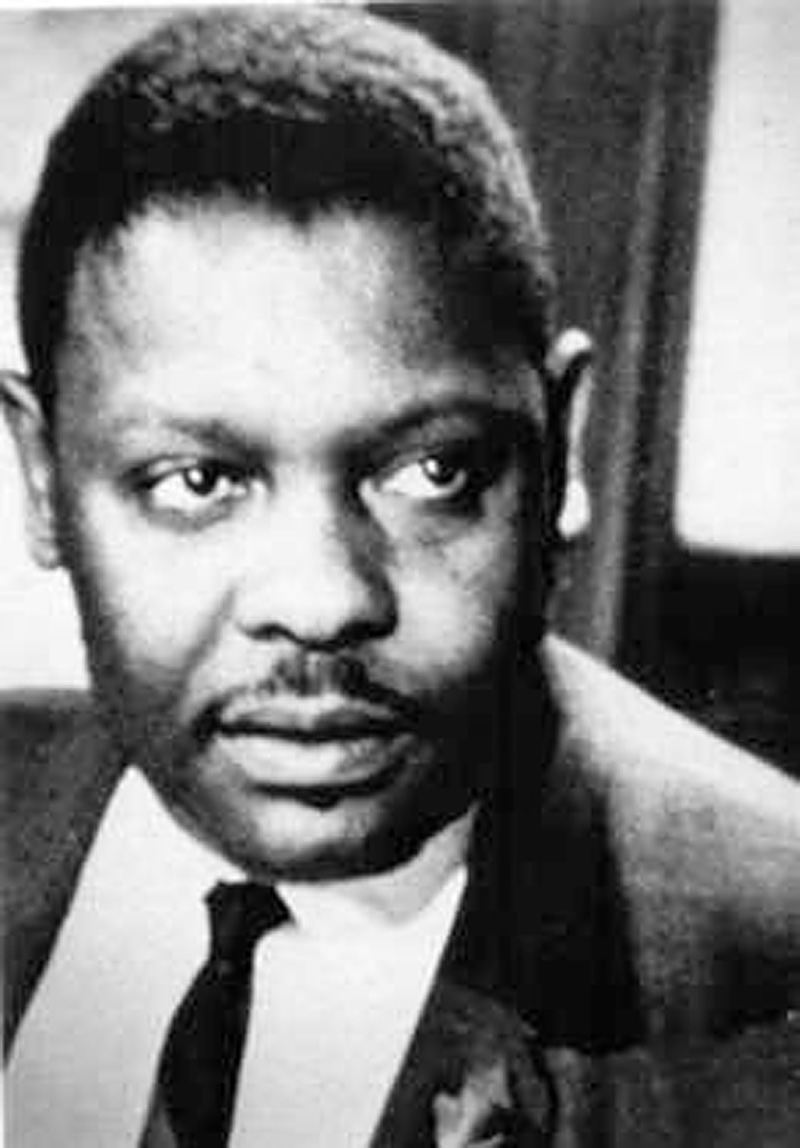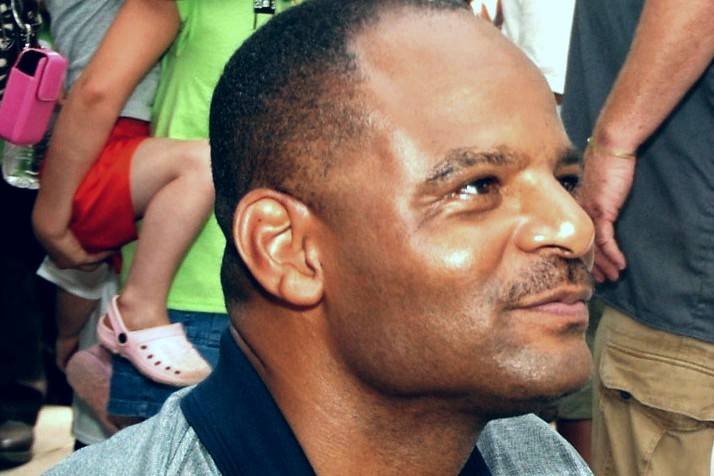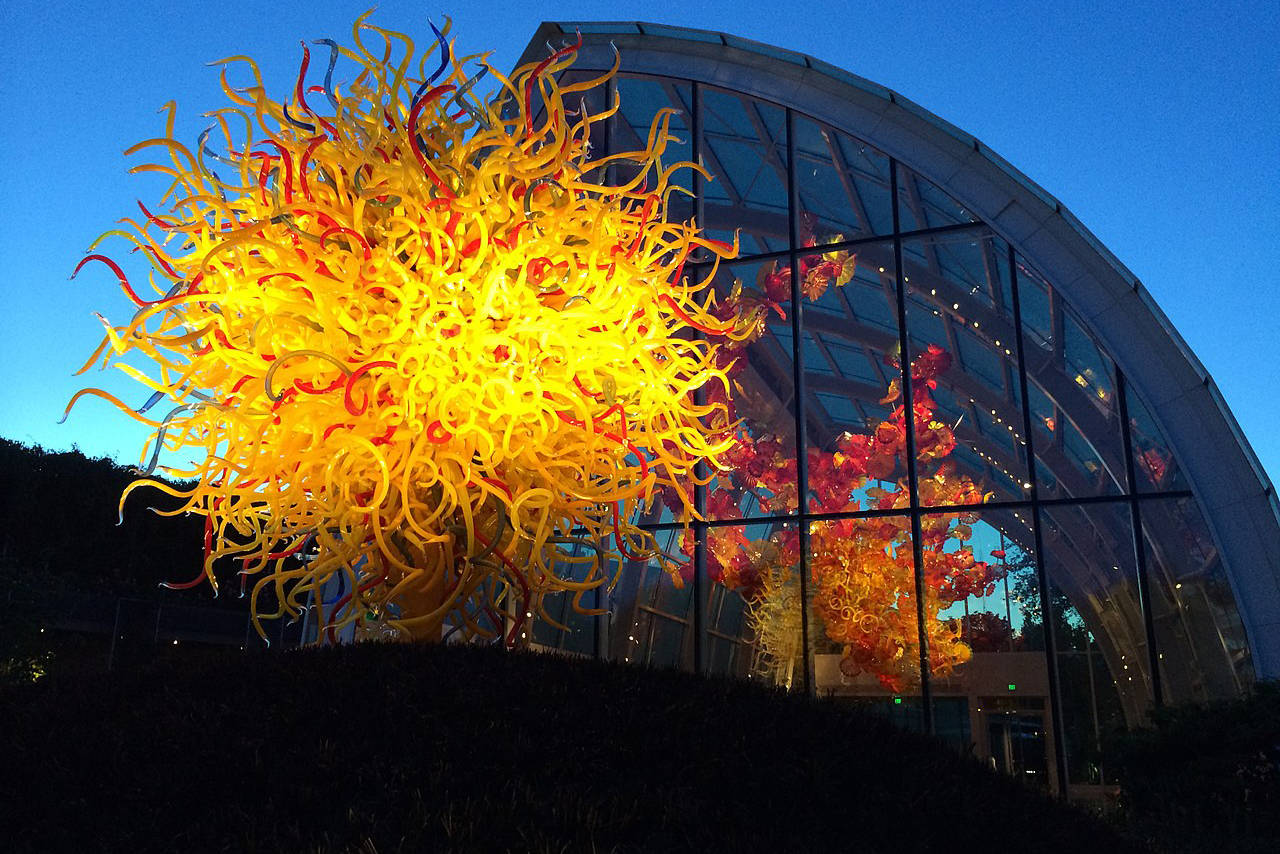Forty-two years after the assassination of black civil-rights leader Edwin T. Pratt, investigators are confident they’ve identified the three white men who killed him, and say there is “compelling” evidence that the mystery man behind the hit was a local African-American building contractor who felt Pratt was an “Uncle Tom” and “white inside.”
Pratt at the time was also carrying on a two-year affair with a white woman, according to sources who have seen the six volumes of confidential police files on Seattle’s most historically important unsolved murder. The files reveal that local and FBI authorities initially focused on dozens of suspects, including the black contractor and a relative of the white woman. Now, four decades later, cold-case detectives reworking the case feel that the contractor, who died 15 years ago, likely paid $25,000 for Pratt to be killed by the three white assassins, who are all dead.
King County Sheriff’s Det. Scott Tompkins confirms the contractor is at the top of his cold-case suspect list. “No one had a greater motive,” says Tompkins. “When you look at the evidence, it’s very compelling.” Sources say that in addition to details about the contractor, the Pratt case files include long lists of other suspects (viable and eliminated), lengthy interviews, polygraph tests, and tipster accounts that all seem to amount to nothing (one of the bound files is devoted only to supposed sightings of the getaway car, which was never found). But the cold-case investigation, keying off the original probe, has turned up the most useful details, sources say.
Pratt was the director of the Urban League of Metropolitan Seattle when someone threw a snowball at the side of his Shoreline home on the wintry night of Jan. 26, 1969. As he padded to the door in his slippers, his wife Bettye, peering out the bedroom window at her carport, saw two crouched figures, one of them raising a gun. She saw a red burst of gunfire. “They’ve got a rifle!” she shouted, but her husband was likely already dead.
Standing in the open doorway, Pratt was struck in the mouth by a shotgun round. The 38-year-old father of two fell backward and died almost instantly. His slaying was similar to the 1963 shooting of Mississippi civil-rights leader Medgar Evers, assassinated in his driveway by a Ku Klux Klan member, and came nine months after the April 1968 assassination of Martin Luther King Jr. by white gunman James Earl Ray.
Two men were seen running to a car that roared away the moment they hopped in, indicating they had a driver accomplice. No one saw their faces, and few, including Pratt’s wife, were sure of their skin color. Most speculated the killers were white, although police zeroed in on black suspects as well, even later restaging the murder using black stand-ins.
The Nixon administration was also hoping to head off what appeared to be another white-on-black political assassination. Two days after the shooting, then-U.S. Attorney General John Mitchell, according to federal documents revealed in a 2007 report by Seattle Weekly, wrote a memorandum to FBI Director J. Edgar Hoover: “It has come to my attention that certain black groups are circulating a story to the effect that the death of Pratt was caused by White racists,” wrote Mitchell to the Seattle FBI. “Does your bureau have any information to the contrary, and, if so, is there any way it might be publicized through local police or otherwise.”
Then-King County Sheriff Jack Porter candidly told reporters in 1969 there was no reason for the slaying “other than politics or race.” But it took 25 years for the sheriff’s office to confirm the shooters were white, according to a 1994 report in the Seattle Post-Intelligencer. The P-I said a white ex-con named Tommy Kirk, 21, had most likely been hired to assassinate Pratt. Kirk himself was murdered four months after Pratt’s killing by an alleged co-conspirator, also white, named Texas Barton Gray, 49.
Gray, who was later convicted of manslaughter for Kirk’s slaying over a drug debt, told detectives that Kirk had admitted to killing Pratt. Gray didn’t cop to his own role in the assassination, but others later told police that both Kirk and Gray had privately confessed. Gray died of a heart attack in 1991.
Now, based on new information from tipsters, investigators feel they have identified the third man, the getaway driver, a drug addict with a long record who died in 2006. The new information comes from a prison inmate and a man dying of cancer who wanted to clear his conscience, both of whom fingered the addict as the wheelman.
Most important, detectives now say they think it was the black contractor who put the three white street criminals up to assassinating one of Seattle’s most important black leaders. The contractor, like the driver, is so far not being named. Unlike with Kirk and Gray, there is less direct evidence pointing to their roles in the murder, and sources say it would be unfair to name them at this point in the cold-case probe, which is ongoing.
According to those who have seen the confidential case files and newer cold-case findings, FBI investigators were on the contractor’s trail only days after the shooting—something, like Pratt’s affair, never revealed to the press and public. Agents were told by informants that the contractor was tied to black power groups, had threatened Pratt, and owned a vehicle identical to the getaway car.
One tipster said that in the months before the murder, the contractor had blamed Pratt for losing construction jobs and told people he wanted Pratt “eliminated.” The contractor was involved in a Central District “power struggle” with Pratt, whom the contractor thought was an “Uncle Tom.” A black community leader aligned with the contractor had made similar threats, informants said, at one meeting, in front of witnesses, telling Pratt he knew “how to take care of you . . . to eliminate you.”
One of the most informed sources questioned by FBI and local investigators was Pratt’s white girlfriend, whom he later fell in love with and promised to marry, sources say. She told agents of threats Pratt had received, linking some of them to the contractor. Two weeks before his death, Pratt seemed shaken by repeated threats to “eliminate” him, making him paranoid, she recalled.
She and Pratt had been having an affair off and on since 1967, including a period in the summer of 1968 when they mostly lived together in an apartment he took in Seattle. Pratt had already asked his wife for a divorce, and was planning to wed the white woman, when he was killed. He and the woman had dinner at her apartment the night before the shooting. (One of her relatives, a gun-fancying state trooper, initially made the probers’ suspect list, but nothing came of it.) The woman’s whereabouts are unknown today. Bettye Pratt died of natural causes in 1978.
FBI agents first interviewed the contractor just three weeks after the murder. He denied any role in the slaying, but referred to Pratt as “being white inside,” say sources. The contractor later inexplicably faded as a prime suspect. Cold-case detectives today wish authorities would have pursued that investigation more thoroughly. Not only is the contractor dead, but so are many of the informants, leaving a lot of blanks to be filled in.
“Every passing year makes it more difficult,” says King County Sheriff’s Sgt. John Urquhart, spokesperson for Sheriff Sue Rahr. On the other hand, he adds, “Some are less afraid than they were to speak, and may be more willing to come forward. At least we hope so.”








